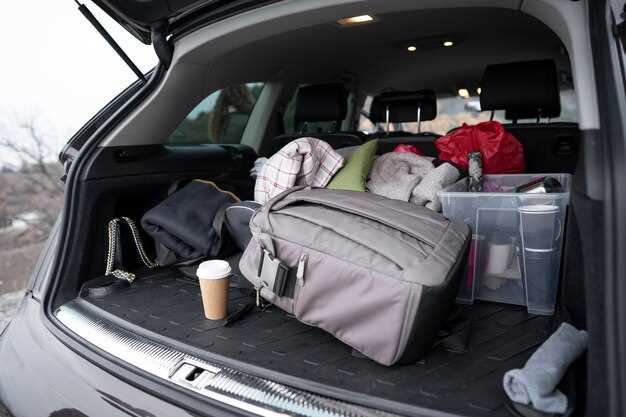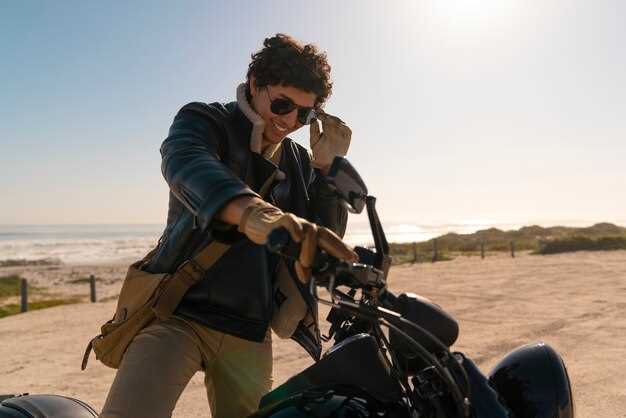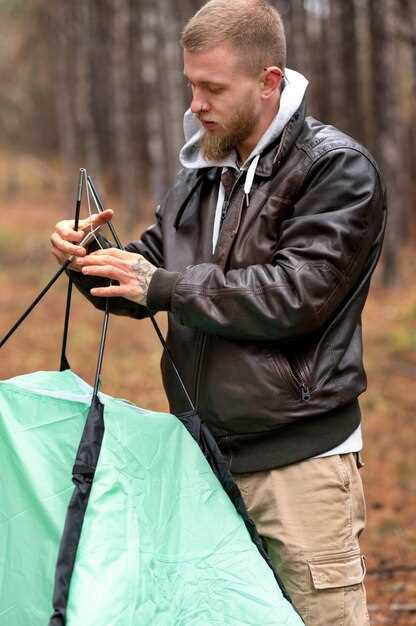

Embarking on an off-road motorcycle adventure requires careful planning and packing to ensure a safe and enjoyable experience. Unlike regular road trips, off-road excursions demand a unique set of gear and supplies tailored to the unpredictable nature of rugged terrains. The right preparation can make the difference between an unforgettable journey and a frustrating ordeal.
First and foremost, it is essential to assess the type of terrain and climate you will encounter. Depending on whether you’re traversing rocky mountains, sandy dunes, or muddy trails, your packing list will vary significantly. Prioritize lightweight yet durable gear that can withstand harsh conditions while keeping your load manageable. Consider utilizing packing cubes or compression bags to optimize space and ensure organization.
Apart from clothing and personal items, don’t forget the vital tools and emergency supplies. A well-stocked repair kit can be a lifesaver in remote locations. Additionally, bringing along sufficient food and water is crucial, as resources may be limited along the route. Balancing your packing with essentials while minimizing excess weight will enhance both your riding performance and overall adventure.
Choosing the Right Gear: Must-Have Items for Off-Road Riding

Selecting the appropriate gear for off-road motorcycle adventures is crucial for safety, comfort, and performance. Each piece of equipment plays a significant role in ensuring a successful ride. Here are the essential items you should consider for your off-road excursions.
1. Helmet: A high-quality, DOT or ECE-certified helmet is non-negotiable. Look for features like adequate ventilation, a visor to protect against dirt and debris, and a lightweight design to reduce fatigue. Full-face helmets provide maximum protection, while off-road-specific designs offer more ventilation.
2. Riding Boots: Invest in sturdy, waterproof boots with good ankle support. They should feature reinforced toe caps and non-slip soles for traction on various surfaces. Look for boots designed for off-road biking, which will offer additional protection against the elements.
3. Protective Gear: Body armor is essential for off-road riding. Wearing a combination of a chest protector, elbow guards, and knee pads can significantly reduce the risk of injury during falls. Lightweight options with breathable materials increase comfort on long rides.
4. Gloves: Off-road gloves provide grip and protection while allowing tactile feel on the handlebars. Look for gloves with padding, knuckle protection, and materials that offer good ventilation for enhanced comfort in warm conditions.
5. Riding Jacket and Pants: Durable, weather-resistant riding gear is crucial for protection against abrasions and the elements. Choose a jacket with removable linings and ventilation options. Look for pants that have knee armor and reinforced areas for increased durability.
6. Hydration Pack: Staying hydrated is essential, especially on long rides. A hydration pack allows you to carry water conveniently while leaving your hands free for riding. Look for options with multiple compartments for added storage.
7. Tool Kit: Bring a compact tool kit with essential tools for quick repairs. Include a tire repair kit, multi-tool, and basic wrenches. Familiarize yourself with basic maintenance tasks that you can perform on the trail.
8. First Aid Kit: Accidents can happen, making a first aid kit critical for any off-road trip. Pack bandages, antiseptic wipes, pain relievers, and any personal medications to address injuries while out riding.
9. Navigation Tools: GPS devices or smartphones with off-road maps can help you stay on track during your adventure. If venturing into remote areas, consider carrying a physical map as a backup.
10. Packable Gear: Lightweight and foldable gear such as jackets, rain pants, or emergency ponchos can save space and weight on your bike. Look for items that can easily fit into your backpack when not in use.
Choosing the right gear not only enhances your riding experience but also significantly increases your safety on the trails. Prepare wisely to ensure that your off-road adventures are enjoyable and secure.
Optimal Packing Techniques: Maximizing Space and Accessibility
When preparing for an off-road motorcycle adventure, efficient packing is essential to enhance both space utilization and accessibility. Here are key techniques to ensure you organize your gear effectively.
Firstly, choose the right luggage system. Panniers and dry bags are excellent for balancing weight distribution and providing easy access to essentials. Opt for soft-sided bags that can compress, fitting snugly against your bike, as they save space and can be easily stored when not in use.
Secondly, utilize packing cubes or compression sacks. These allow you to categorize items by purpose, such as clothing, tools, or camping gear. By compressing bulky items, you maximize space and keep your gear organized and easy to retrieve on the go.
Thirdly, consider the placement of your items. Heavier gear, like tools and spare parts, should be positioned low and close to the center of the bike to maintain stability. Lighter items, such as clothing and snacks, can be stored higher for quick access.
Additionally, prioritize accessibility. Pack frequently used items like a first aid kit, water, and snacks in external pockets or in easily accessible compartments. This will minimize the need to unpack bulky bags during breaks, allowing for quicker reloads during your adventure.
Lastly, plan your packing layout strategically. Create a checklist of essential items and determine their size and shape. Visualize the arrangement before hitting the road to ensure a streamlined setup that allows you to quickly find what you need without rummaging through bags.
Emergency Essentials: Preparing for Unexpected Situations

When embarking on an off-road motorcycle adventure, preparedness for unexpected situations is crucial. The wilderness can present unforeseen challenges, from mechanical failures to medical emergencies. Having the right emergency essentials can make a significant difference in handling these situations effectively.
First and foremost, a well-stocked first aid kit is non-negotiable. This kit should include basic supplies like bandages, antiseptics, and pain relievers, as well as specific items like snake bite kits, allergy medication, and any personal prescriptions. Familiarize yourself with the contents and ensure you know how to use each item.
Next, consider carrying a multi-tool. A robust multi-tool can serve various functions, from repairing your motorcycle to preparing food or handling minor injuries. It can save space in your luggage while providing versatility in challenging scenarios.
Another critical item is a portable tire repair kit. Punctured tires are common in off-road riding, and having the necessary tools and patches can help you quickly address this issue. Ensure you practice using the repair kit before your trip to boost your confidence in the field.
A reliable means of navigation is essential. While GPS devices are helpful, having a physical map and a compass can be invaluable if your electronics fail. Familiarize yourself with the area and plan your routes in advance, identifying potential hazards and landmarks.
Additionally, carrying a small emergency flashlight or headlamp can provide crucial visibility during nighttime breakdowns or emergencies. Opt for a light with extra batteries to ensure you stay illuminated when needed.
It is also wise to carry a fire-starting kit. In an emergency, being able to start a fire can provide warmth, signal for help, or cook food. Include waterproof matches, a fire starter, and tinder to make ignition easier.
Communication devices, such as a satellite phone or a personal locator beacon (PLB), should be part of your emergency strategy, especially in remote areas without cell service. These devices allow you to call for help if necessary, providing peace of mind during your adventure.
Finally, always inform someone of your planned route and expected return time. This precaution ensures that someone will initiate a search if you do not return as scheduled. Remember that preparation is the key to enjoying your off-road motorcycle adventure safely.






